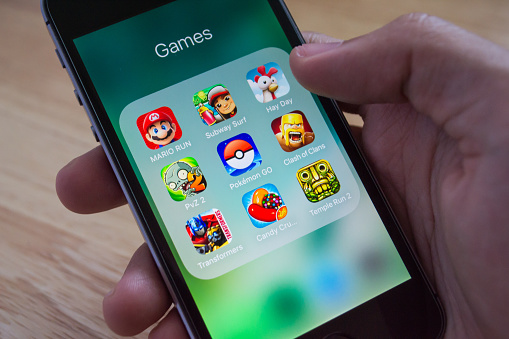Editor’s note: Namika Sagara is president, behavioral science center of excellence at research firm Ipsos, New York. This is an edited version of a post that originally appeared under the title, “What Super Mario teaches about behavioral science.”
 For anyone who wants to learn more about customer experience and behavioral science, video game legend Super Mario is a great metaphor.
For anyone who wants to learn more about customer experience and behavioral science, video game legend Super Mario is a great metaphor.
Those who grew up playing the very first Super Mario may remember spending hours and hours trying to beat a particularly hard level or world. It required a lot of investment in time, effort and planning.
More recent games are structured differently. In the mobile game Super Mario Run players can immediately see that it caters more toward what behavioral scientists call System 1 processing. It speaks to the impatient mind seeking immediate gratification. One sub-game called Toad Rally is as short as 60 seconds, catering to our limited attention and need for instant gratification. Indeed, it is a fundamental principle of behavioral science that people have limited attention – even for things that matter to them.
Limited attention in real life
One example from the real world is retirement accounts. Ideally, everyone spends adequate time to really think about when and how much to invest in which accounts. The reality is quite different. According to an Ipsos survey the majority of Millennials aren’t saving for retirement.
If people spend so little time planning their financial future, imagine the lack of effort spent on less important decisions. This points toward a critical lever in changing behavior: make it easy.
 Super Mario Run Remix 10 leverages this principle. When players start this game, each stage lasts as little as 15 seconds. Then the next stage starts as soon as they pass the first stage and continues until they finish all 10 stages. Essentially, this game is making it easier for players to continue playing vs. stop playing, at least for the given 10 stages.
Super Mario Run Remix 10 leverages this principle. When players start this game, each stage lasts as little as 15 seconds. Then the next stage starts as soon as they pass the first stage and continues until they finish all 10 stages. Essentially, this game is making it easier for players to continue playing vs. stop playing, at least for the given 10 stages.
Uber uses similar tactics to keep drivers on the street. For example, they use an algorithm to have another passenger ready for drivers before they complete their current trip. That makes drivers more likely to continue a shift.
Loss aversion
There is also the concept of loss aversion in Super Mario Run. In its Toad Rally sub-game you can play against a friend or a virtual opponent by competing to get more coins in 60 seconds. If a player beats their friend, then they get to steal toads from their friend. But, if they lose, they lose some of their toads to their friend. This is where loss aversion kicks in and motivates players to play more to recover the amphibians they’ve lost.
Another behavioral science theory integrated very well throughout the game is goal gradient theory. Simply put, people engage more when they feel closer to reaching their goals. This is why it works so well for Mario to have a number of shorter games with many different goals to achieve.
In the game World 1-1 gamers can play once and beat the game by getting to the end – one goal accomplished! But, they might have missed collecting one or two of the special pink coins – one goal yet to accomplish. So, they may play the same World 1-1 one (or 10) more times just trying to get all the pink coins. Then they can move on to collecting even more exclusive purple coins, then the super-premium black coins.
Goal gradient theory
Goal gradient theory has been used outside of the video game industry, too. For example, a car wash establishment tested this with two different customer loyalty punch cards. One had eight stamps and another had 10. The trick was that the latter card already had two free stamps, so both cards had eight more stamps to use to earn the free wash.
Surprisingly, with the eight-stamp cards, only 19 percent of customers made enough visits to get a free wash. However, with the 10-stamp group (the ones given a head start) 34 percent of the customers came back enough times to finish their loyalty cards. That gave the car wash an 80 percent increase in customer visits and happy customers.
Like with video games, that’s a lot of coin.
